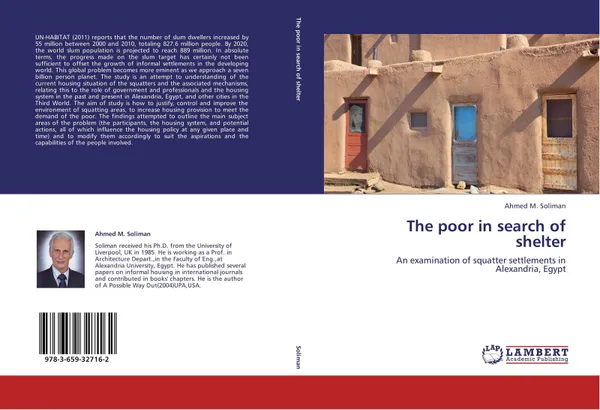The poor in search of shelter
📙 UN-HABITAT (2011) reports that the number of slum dwellers increased by 55 million between 2000 and 2010, totaling 827.6 million people. By 2020, the world slum population is projected to reach 889 million. In absolute terms, the progress made on the slum target has certainly not been sufficient to offset the growth of informal settlements in the developing world. This global problem becomes more eminent as we approach a seven billion person planet. The study is an attempt to understanding of the current housing situation of the squatters and the associated mechanisms, relating this to the role of government and professionals and the housing system in the past and present in Alexandria, Egypt, and other cities in the Third World. The aim of study is how to justify, control and improve the environment of squatting areas, to increase housing provision to meet the demand of the poor. The findings attempted to outline the main subject areas of the problem (the participants, the housing system, and potential actions, all of which influence the housing policy at any given place and time) and to modify them accordingly to suit the aspirations and the capabilities of the people involved.
Мнения
